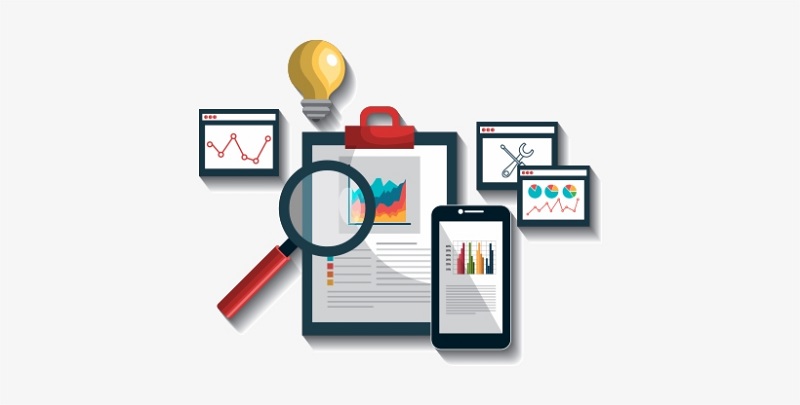Ad-Hoc Reporting gives both businesses and end-users the ability to create instant reports and find instant answers to specific business questions. It enables business users to create customized reports based on specific requirements, without depending on IT.Ad-Hoc reports analyze specific business questions that your existing report is not capable of answering, and you did not think about it upfront.
Ad-Hoc reporting offers quick reports for specific requirements for each with ease. It helps businesses and end-users alike to modify and drill through information for useful insights.Businesses around the world are provided with static reports by BI analysts; these reports are premade and usually satisfy most of their business needs. However, Ad-Hoc reports enable users to customize every minute variable which can alter the output of the result.
According to EMC by 2020, the amount of data that is managed by IT teams will be 50 times more. Also, according to BSA.org, over 90% of the world’s data today was created in the past couple of years.
Let us look at howuseful Ad-Hoc reports are for businesses?
Don’t Miss-
The Most Important Tips and Tools for Web Developers
How AI Affects in Web Development and WordPress Website Building
Data-driven decisions
Without the help of ad-hoc reports, businesses are generally flying blind they don’t know what lies ahead. Having ad-hoc reporting capabilities is a boon, as it equips executives with important data to make day-to-day data-driven decisions.
Requires no training
Many BI Reporting tools offer ad-hoc reporting, and they are self-explanatory, which makes it very easy to use and customize. Since the tool is so easy to use, it eliminates the need for training, compared to other BI tools.
Less workload
Creating business reports is usually a tough task for the IT department. At times reports are required on an urgent basis which makes their task even tougher. Most IT teams work on automated reports which are built after identifying the most requested reports. However, ad-hoc reports allow IT teams to set up the tool once and also offers users the luxury of creating it again on their own.
Here are the different capabilities to look out for in a great ad-hoc reporting tool!
• Chart types
• Multiple data sources
• Easy sharing
• Interactive Features
• Collaboration
• Usable by multiple job roles
Best ad-Hoc Reporting Tools
Today, most business intelligence systems offer ad-hoc reporting as a feature. Some offer it as a separate application; some offer it as an add-on, while there are some who focus strictly on reporting. Let us look at tools that offer focused, detailed, and quick analysis of ad-hoc reporting.
JReport – JReport uses an intuitive interface and a guiding wizard to help users build a new report and change an existing one. It offers over 40 different varieties of maps, graphs, and other elements, which is their stand out capability.
Looker – Looker is a cloud-based reporting platform which extracts data from a user’s database and builds personalized reports. LookML and Looker Blocks are two of its stand out features. These features help users to customize their data to fit their ad-hoc objectives.
Domo – Domo offers ad-hoc reporting capabilities, within its general platform of business dashboards. It has the ability to connect to any data source and pull specific data out of big chunks of data. Domo Dev Studio and content templates help users compile the information into visually appealing reports.
SplashBI – SplashBI offers ad-hoc reporting with over 100 varieties of charts. Generating reports in multiple formats like, Pivot Table Excel, CSV, PDF, HTML, and Pixel Perfect Reporting is their standout feature. With connections to a multitude of sources, you can explore data, both on the cloud and on-premise.
Tableau Desktop – Tableau Desktop’s streamlined platform offers ad-hoc analysis to help users/companies understand risk and reward. It is easy to learn and use the tool and requires no coding knowledge. It has a geographic data mapping feature which differentiates it from the other competitors. They also provide webinars for their users to understand how their system works.
Sisense – Sisense is a simplified, interactive, and user-friendly ad-hoc reporting tool. Reports created with Sisense can be shared through the web; they can also be exported into multiple formats which is their best feature. They offer real-time data updates and quick feedback.
In a nutshell!
Ad-Hoc reporting provides a multidimensional view of the project, workforce, productivity, and production that can integrate with your existing tool. It gives clear visibility into your resources and empowers you to plan for future growth. Ad-Hoc reports enable businesses to take control of their own business reporting needs and extract the optimal value from the data available to them.










Leave a Reply